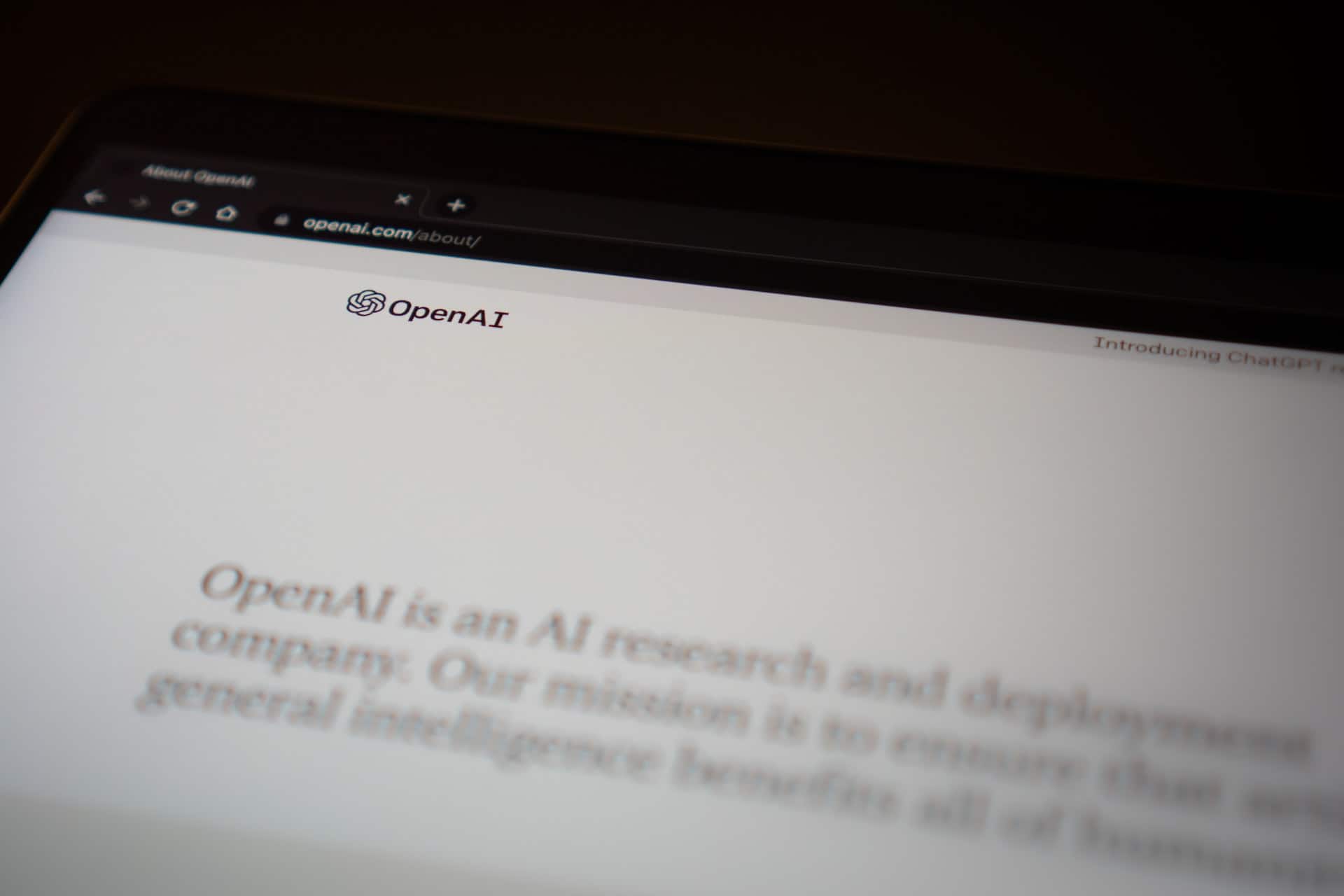Do you need help keeping up with the rapid software release demand? Are you losing track of product requirements or user stories vital to your project’s success? If you struggle with problems like these, it’s time to consider what backlog refinement sessions can do for your organization.
This blog post guides you on optimizing backlog refinement sessions to drive agile success. You’ll learn how this can increase your team’s productivity and ensure your software development project stays on track.
What is backlog refinement?
Backlog refinement, often called backlog grooming, is an ongoing process in agile development. During this process, the product backlog items (PBIs) are reviewed and prioritized to ensure that the most valuable tasks are worked on first.
Understanding how to best create and organize your product backlog is critical to planning out development. Learn more about PBIs by reading:
The process also includes creating new user stories and reprioritizing existing stories to estimate the effort required and break down complex stories into more manageable tasks. Backlog refinement is about keeping the product backlog clean, organized, and up-to-date.
What’s the purpose of backlog refinement?
The primary purpose of backlog refinement is to prepare the product backlog for the upcoming sprint planning meeting. The goal is to make sprint planning more efficient and effective and get more real sprint commitments.
When should backlog refinement happen in a software development project?
Backlog refinement should be an ongoing activity in an Agile project. Setting aside regular, dedicated time for backlog refinement sessions is recommended to prepare for the next one, typically in the middle of the current sprint. Data shows that 86% of Scrum teams hold a sprint planning meeting, and backlog refinement can be part of that process.
That said, the frequency and duration of these sessions may vary. The size and complexity of your project and the maturity of your team will impact how often backlog refinement takes place.
Why backlog refinement is critical to Agile success
Backlog refinement is not just an organizational process; here’s a closer look at what it enables your team to do.
Maintain focus
By refining your backlog, you ensure that your team is always working on tasks of the highest value to the project and the stakeholders. It prevents wasting resources on low-priority functions so that you can drive maximum business value.
Increase predictability
With a well-refined backlog, your team can better predict what can be achieved in the upcoming sprint. That improves overall project planning and management, and it also keeps everyone on your team on the same page.
Improve communication
Regular backlog refinement sessions provide an excellent platform for ongoing dialogue. It helps to create a shared understanding of what needs to be done, which helps prevent misunderstandings (and missed deadlines.)
Manage technical debt
Technical debt can significantly slow down your team. Refining the backlog with a regular cadence allows you to allocate time for addressing technical debt so it stays manageable and manageable.
How to conduct a backlog refinement session
Now that you know about backlog refinement, how do you implement it for your projects? Conducting a backlog refinement session involves four critical steps.
Review the backlog: The product owner presents the product backlog items, explaining each story’s requirements and acceptance criteria.
Discussion: The team discusses each story to clarify requirements and identify potential risks or dependencies.
Estimation: The team collaborates to estimate the effort required for each story using story points or hours.
Prioritization: With input from the team, the product owner reprioritizes the backlog. The goal is to ensure the highest value stories are at the top, ready for the next sprint.
10 smart best practices for backlog refinement
Want to maximize the value of backlog refinement? Learn and use these ten best practices to help you optimize your backlog refinement sessions.
- Involve the whole team in the backlog refinement process to leverage different perspectives and foster collective ownership.
- Make backlog refinement a regular activity in your team’s schedule. An ongoing refinement process helps keep the backlog manageable and relevant.
- Refrain from refining items too far in advance. This planning method maintains the flexibility to accommodate changes in business needs or stakeholder priorities.
- Use estimation techniques, like story points, to estimate the effort required for each story. Applying any of these tactics helps in better sprint planning.
- Using clear and precise acceptance criteria helps developers understand what to expect from a story and reduces the chances of rework.
- Identify and manage dependencies early on to avoid blockages during sprints.
- Include time for managing technical debt in your refinement process to ensure your product’s long-term health.
- Create an environment that encourages open communication, where team members feel comfortable voicing their opinions, concerns, and ideas.
- Always keep the user’s needs and expectations at the center of your refinement process. Focusing on end users ensures that you deliver maximum value to your end users.
- Review the effectiveness of your backlog refinement sessions regularly and adapt your process based on what works best for your team.
With these practices in mind, backlog refinement becomes more than an organizational exercise and it transforms into a strategic tool that ensures your agile team stays focused, productive, and aligned with the project’s goals.
It’s your turn to make the backlog work for you
Implementing practical backlog refinement sessions may be a challenge initially. However, with patience, practice, and the commitment to maintain an organized backlog, it doesn’t have to be. Your team will start to experience the many benefits of paying closer attention to the backlog. It’s about more than just doing more, it’s about getting the most possible value from what’s being done.
Are you looking for more insights? Stay connected to the Unosquare blog‘ for more helpful guides to modern software development, and get in touch today if you need added support for your next project from our experienced and talented development professionals.



